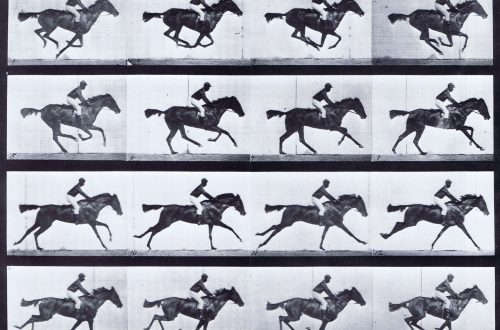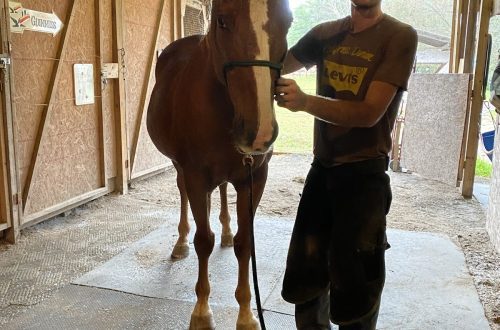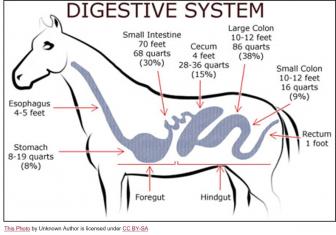
Digestive system of the horse
To properly feed a horse, you need to understand how it functions. horse digestive system. After all, these animals are very different from us! They can’t “grab” a sandwich on their way to work, and then have a hearty lunch and salad for dinner – they need to eat almost continuously. Otherwise, problems and diseases cannot be avoided.
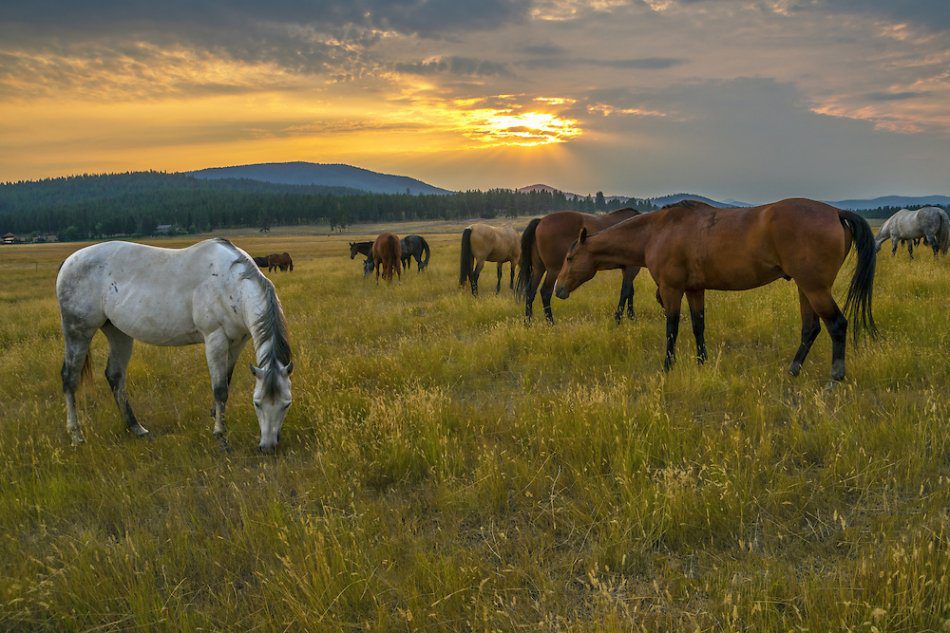
The digestive system of a horse can be represented in the form of a table.
Contents
What is the digestive system of a horse
Stomach | |
Size | About 8 liters (about 10% of the volume of the entire digestive tract). |
What is being digested | Protein breakdown (limited). |
How is it digested | Enzymes and concentrated acid provide the initial stage of digestion. |
What is absorbed | It’s nothing. |
Duration of the process | The main part of the food quickly passes the stomach, which should rarely be empty. But part of the food can be delayed for 2 to 6 hours. |
Small intestine | |
Size | It looks like a long (21 – 25 m) narrow tube (about 20% of the volume of the entire digestive system). It is divided into 3 parts: the duodenum (after the stomach), the jejunum, and the ileum. |
What is being digested | Oils, starch, proteins and sugar. |
How is it digested | Fermentation. |
What is absorbed | Fatty acids, amino acids, sugar, minerals, vitamins A, D, E and trace elements. |
Duration of the process | Depending on the amount of forage, the volume of feeding and the type of feed. The first particles of semi-digested food (chyme) go through at least 15 minutes, but the main process can take 45 minutes – 2 hours. |
Colon | |
Size | This large fermentation organ can hold up to 100 liters of water and chyme (about 2/3 of the volume of the digestive tract). |
What is being digested | Fiber and other substances that are not digested in the small intestine (proteins, starch and sugar). |
How is it digested | bacterial fermentation. |
What is absorbed | Water and a number of minerals (mainly phosphorus), which are components of B vitamins and volatile fatty acids, formed during the bacterial fermentation of fiber. |
Duration of the process | Typically 48 hours if the horse is fed primarily silage or hay. |
Functional disturbances | The bacteria that form the microflora of the large intestine are able to adapt to different types of diet, but this takes time (up to 14 days). And if the horse’s diet suddenly changed, and there was no time to adapt, the digestion process can be disrupted – the bacteria cannot immediately start digesting the new food. Also, the functioning of the large intestine will be disturbed if too much sugar and starch comes from the small intestine. This is extremely harmful to horses. |
Why you need to know the features of the digestive system of a horse
Keep in mind that the digestive system of horses is “sharpened” for an almost constant supply of food. Therefore, concentrated feed (for example, oats) should be given in a small amount, and forage (for example, hay), on the contrary, should be fed frequently.
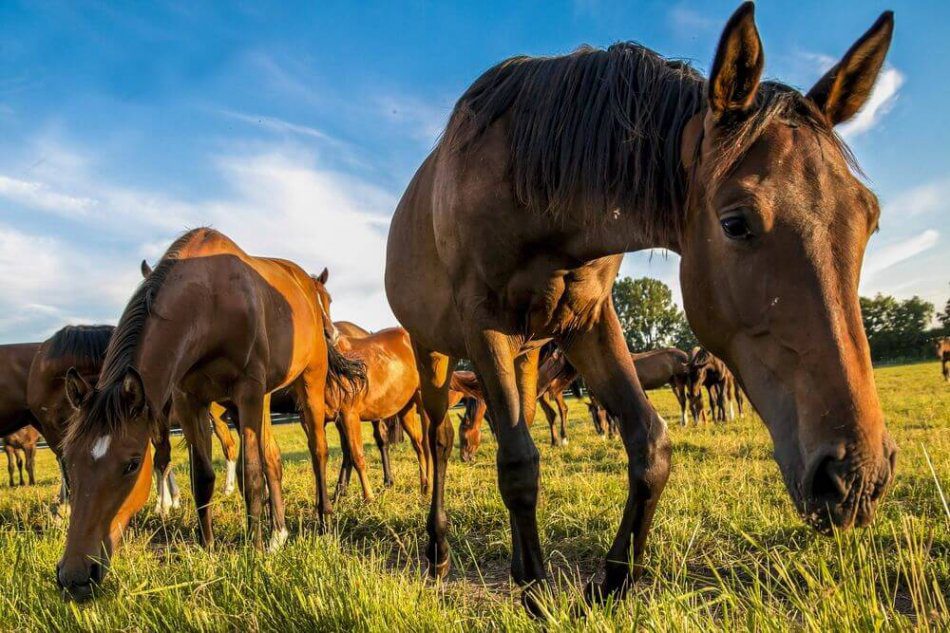
Photo: wallpapers.99px.ruIf the feeding regimen is violated, the horse is experiencing severe stress, the consequences and manifestations of which can be swaying, trampling, biting, chewing blankets or colic.



